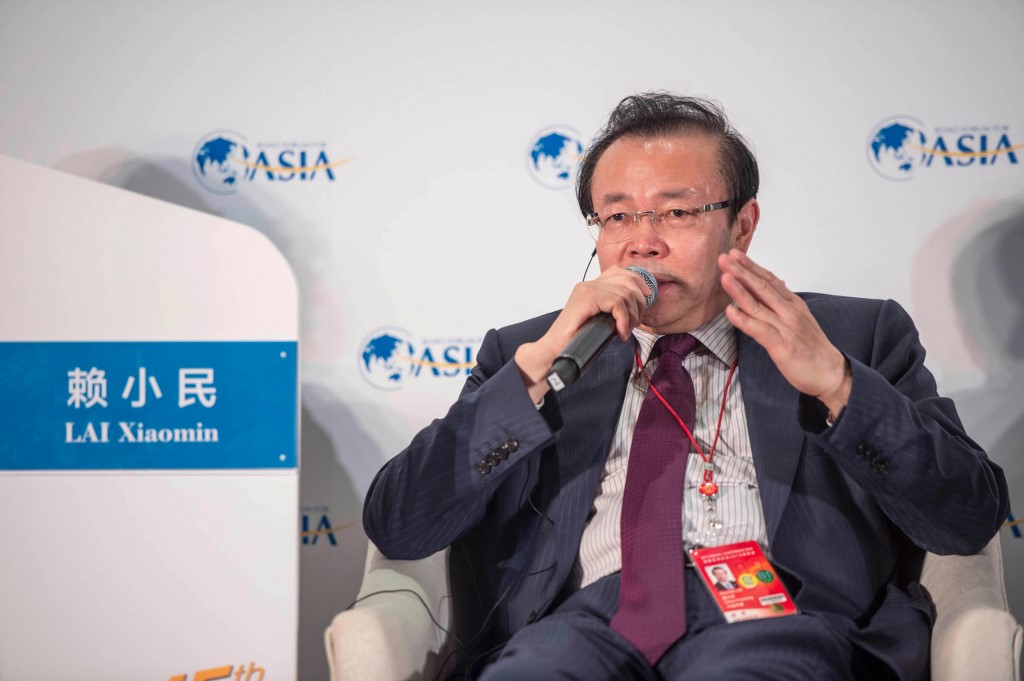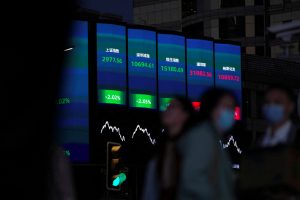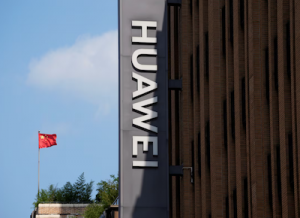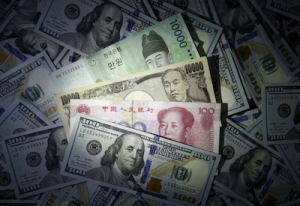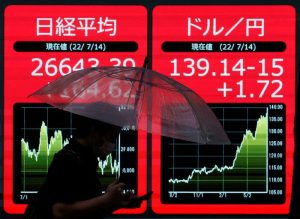(ATF) Debt prices for China’s largest bad debt investor Huarong Asset Management slumped on Tuesday April 13, and fear of contagion for other issuers prompted speculation that the nation’s sovereign wealth fund will step in to assume some of its liabilities.
Bonds issued by Huarong slumped on Tuesday after rating agency downgrades, with a spillover effect on high-yield Chinese corporate debt.
US dollar denominated bonds issued by Huarong fell by 12 cents or 13 cents to trade at levels of 77 cents and 76 cents in the dollar, as rating agencies Moody’s and Fitch joined S&P in indicating that downgrades are likely for the asset manager whose former chairman Lai Xiaomin was executed in January for corruption and bigamy.
These levels marked the lowest prices yet seen for foreign currency debt issued by Huarong, which was established as a bad debt manager by China after the Asian financial crisis of the late 1990s, but then diversified to become a more mainstream asset manager and financial services firm.
Speculation that Huarong could see a swift slide from investment grade ratings to bankruptcy caused selling in other Chinese corporate bonds that are already high-yield.
This in turn was followed by reports that China’s finance ministry might shift a stake it holds in Huarong to a unit of the nation’s sovereign wealth fund – Huijin, a subsidiary of China Investment Corporation.
This helped to slow the pace of bond selling, but concern over the details of government support for ailing financial firms such as Huarong and potential haircuts that inflict losses on bondholders could cause further nerves in the market on Wednesday.
Huarong announced on March 31 that it was postponing its financial results because auditors requested more time and information to complete an audit of related transactions. The Hong Kong Stock Exchange then suspended trading of Huarong’s shares.
Downgrade watch list
On Tuesday April 13, rating agency Moody’s issued a report placing China Huarong Asset Management’s A3 long-term issuer rating, P-2 short-term issuer rating and its B1 basic credit rating assessment on the downgrade watch list.
Moody’s also included the bond ratings and medium-term notes ratings of Huarong’s offshore financing instruments on the downgrade watch list, including Huarong Finance 2017 and Huarong Finance II’s Baa1 long-term support senior unsecured debt rating and (P)Baa1 rating to support the senior unsecured medium-term note programme, and Huarong Finance 2019’s Baa1 long-term support to senior unsecured debt rating, (P)Baa1 and (P)P-2 long-term and short-term support for senior unsecured medium-term notes programme ratings.
Moody’s said the rating action reflects the uncertainty created by Huarong’s announcement on March 31. In the announcement, Huarong stated that it will postpone the release of its 2020 results because related transactions have yet to be determined, and the auditors need more information and time to complete the necessary review procedures. The details of the relevant transactions and the release time of the company’s 2020 annual results are still unclear.
Moody’s believes that market fluctuations after Huarong’s announcement may increase the company’s refinancing risk. The company’s bond amount due in the next 12 months is not significant compared to its asset size, which partially mitigates related risks, Moody’s said, but Huarong relies heavily on confidence-sensitive wholesale funds to support its assets.
Prior to this, on Friday April 9, S&P announced that it affirmed the long-term credit rating of “BBB+” and the short-term credit rating of “A-2” to Huarong International, Huarong Financial Leasing, and Huarong International, as well as the guarantee of Huarong International.
But the long-term debt rating of the bonds at “BBB+” was placed on the negative credit watch list. The inclusion of the above ratings on the negative credit watch list reflects the uncertainty of the company’s core credit indicators caused by the delay in the release of 2020 results by Huarong Asset Management, S&P said.
S&P added that although the disputed transactions may be beneficial to its credit indicators, overall it is more likely to constitute a disadvantage. This is mainly due to historical exposure related to the original chairman, meaning China Huarong’s performance and asset quality have been weaker than its peers in recent years.
Specifically, the published financial data shows China Huarong’s non-banking business leverage ratio (the ratio of interest-bearing debt to adjusted total equity) rising from 8.5 times as of June 30, 2020 to 12 times.
The audited data shows that its asset quality indicators are significantly lower than expected, so the pressure for rating downgrades may increase, the agency said.
“Judging from the existing financial buffers, under such circumstances, we are most likely to lower the individual credit status of the group by one level, but the reduction of two levels is not ruled out, although the possibility of lowering two levels is currently relatively small,” S&P said.




